Introduction
Elevators are vital components of many residential and commercial buildings, ensuring smooth transit between floors and supporting accessibility. Given their significance, regular maintenance is not just a recommendation—it’s a necessity. This blog post will guide you through the crucial elements to include in your elevator maintenance checklist to ensure optimal performance and safety.
What is Elevator Maintenance?
Elevator maintenance encompasses a series of routine checks and repairs that ensure the elevator system operates efficiently, safely, and reliably. It involves inspecting, cleaning, lubricating, and fixing any issues from mechanical and electrical to aesthetic components of the elevator system. The goal is to prevent malfunctions and extend the lifespan of the equipment, ensuring it remains in top condition.
The Significance of Preventative Maintenance
Preventative maintenance is key to avoiding the inconveniences and dangers associated with elevator breakdowns. Regular maintenance checks can identify potential issues before they develop into serious problems, thereby reducing the likelihood of unexpected failures that could lead to costly repairs and safety hazards. Furthermore, preventative maintenance helps in maintaining the elevator’s compliance with local safety codes and standards, which is critical for the safety of its users and legal protection of the building management.
How Often Should Elevator Maintenance be Performed?
The frequency of maintenance depends on several factors including the age of the elevator, its usage levels, and the manufacturer’s recommendations. Typically, a thorough inspection and maintenance schedule should be conducted at least monthly for heavily used elevators, whereas less frequently used systems might require quarterly or biannual checks. Adhering to a regular maintenance schedule not only ensures operational efficiency but also conserves the elevator’s value as a critical asset in the building’s infrastructure.
Maintaining an elevator system requires diligent attention to detail and a structured approach. By regularly inspecting and servicing the elevator, building owners and managers can assure a safer, smoother operation, and significantly lower the risk of malfunctions and accidents.
Detailed Elevator Maintenance Checklist
A comprehensive elevator maintenance checklist is crucial for ensuring all parts of the elevator system are operating correctly and safely. Here’s what should be included in your checklist:
Inside the Car
- Interior Inspection:
Regularly examine the interior of the elevator car for any signs of damage to the walls, ceiling, and handrails. This not only ensures aesthetic appeal but also user safety.
- Functionality Tests:
- Indicator Lights:
Check all position indicator lights and replace any that are burned out.
- Operational Tests:
Operate the elevator through several cycles, going up and down, to check for smooth leveling, acceleration, and deceleration. Make adjustments as deemed necessary.
- Door Operations:
Ensure the elevator doors open and close smoothly without slamming or bouncing. Check the door restrictor to ensure it operates properly and make repairs if needed.
Outside the Car
- Hall Stations and Lighting:
Inspect the hall stations and replace any burned-out lights. This ensures that the elevator can be called without issues and the floor numbers are clearly visible.
- Door Panel and Clearances:
Regularly inspect the door panels and ensure clearances are maintained to avoid trapping or pinching hazards.
- Emergency Operations:
Test the Phase 1 firefighters’ service to ensure it functions correctly in case of an emergency.
Machine Room
- General Upkeep:
Ensure the machine room is kept free from materials not related to the elevator, as clutter can pose safety risks and hinder repair work.
- Mechanical and Electrical Components:
- Inspect components for any signs of leaks, unusual vibrations, or wear.
- Check electrical components for evidence of overheating or failure.
- Lubricate components if necessary and check the oil level.
- Make any necessary adjustments or schedule follow-up service.
Top of the Car
- Inspection Station and Stop Switch:
Ensure that the stop switch and inspection station are functioning correctly.
- Debris and Component Inspection:
Remove any debris from the top of the car. Inspect visible components such as rollers, guide rails, and leveling devices for wear.
- Traveling Cables and Connections:
Check the traveling cables for signs of wear and inspect all connections.
- Hoistway Inspection:
Look for evidence of rodents, ensure fire safety compliance, and check for any signs of vandalism.
Pit
- Safety and Functionality:
Ensure that the pit’s stop switch, lights, and GFI outlet function properly.
- Component Condition:
Clean the pit regularly and check for signs of leaks. Inspect the spring buffers for corrosion, alignment, and secure attachment.
- Travel Cable and Sump Pump:
Inspect the travel cable for wear, pinches, and snags. Confirm that the sump pump is clean and operating correctly.
Implementing and Managing Your Maintenance Plan
Implementing a robust elevator maintenance plan is crucial for ensuring the safety and efficiency of your building’s elevator system. Here’s how to effectively manage your elevator maintenance:
The Role of Digital Tools and Mobile Forms in Maintenance
In today’s digital age, leveraging technology can significantly enhance the efficiency of your elevator maintenance routines. Mobile forms and maintenance management software can streamline the process by:
- Digital Checklists:
Convert your maintenance checklists into digital forms that can be accessed on any device, ensuring easy updates and instant access.
- Real-Time Updates and Alerts:
Use mobile apps to receive real-time updates and alerts for scheduled maintenance or urgent issues, keeping your team proactive rather than reactive.
- Data Storage and Analysis:
Automatically store all maintenance records digitally for easy retrieval and analyze the data to predict future maintenance needs or identify recurring issues.
Read More: 5 Tips To Maintain An Elevator
Establishing a Routine Maintenance Schedule
Consistency is key when it comes to elevator maintenance. To avoid disruptions and ensure continuous operation:
- Schedule Regular Inspections:
Based on the elevator’s usage and manufacturer’s recommendations, establish a routine schedule for inspections and adhere to it strictly.
- Prioritize Preventative Maintenance:
Focus on preventative measures to catch issues before they lead to breakdowns. This includes regular lubrication, adjustments, and replacements as needed.
- Adjust Based on Usage:
High-traffic elevators may require more frequent checks. Adjust your maintenance schedule based on the actual conditions and usage of your elevators.
Legal Requirements and Compliance Issues
Understanding and adhering to legal and safety standards is crucial for elevator maintenance:
- Stay Updated on Codes and Regulations:
Regularly review and comply with local, state, and federal regulations including those from the American Society of Mechanical Engineers (ASME) and the Occupational Safety and Health Administration (OSHA).
- Ensure Compliance with Safety Inspections:
Make sure all safety inspections are up to date and thoroughly documented to avoid legal liabilities and ensure the safety of users.
Training Your Team on Elevator Maintenance Protocols
A well-trained maintenance team is crucial for the effective implementation of your maintenance plan:
- Regular Training Sessions:
Conduct ongoing training sessions to keep your team updated on the latest maintenance techniques and safety protocols.
- Certification and Education:
Encourage certifications in elevator maintenance and safety standards to enhance the qualifications of your team.
- Use of Technology:
Train your team on the use of digital tools and mobile forms for maintenance management to increase efficiency and accuracy in their work.
Conclusion
Maintaining your building’s elevator system through a well-planned maintenance checklist is not just about compliance or avoiding breakdowns—it’s about ensuring the safety and comfort of all users. By leveraging technology, adhering to legal requirements, and training your team effectively, you can ensure that your elevators remain in excellent condition, thereby enhancing the functionality and safety of your building.
FAQs
1) How often should an elevator be inspected by a technician?
Elevators should be inspected at least monthly, or more frequently depending on usage and local regulations.
2) What are the most common issues found during elevator inspections?
Common issues include worn cables, malfunctioning door operations, and improper leveling.
3) Why is it important to keep the machine room clean and free from unrelated materials?
A clean machine room prevents accidents, ensures easy access for maintenance, and reduces the risk of fire.
4) What should be included in a digital maintenance report?
A comprehensive report should include details of all inspections, issues found, repairs made, and parts replaced, along with date and time stamps.
5) How can elevator maintenance reduce overall operating costs?
Regular maintenance helps prevent major breakdowns, reduces the need for costly emergency repairs, and extends the lifespan of the elevator system.

